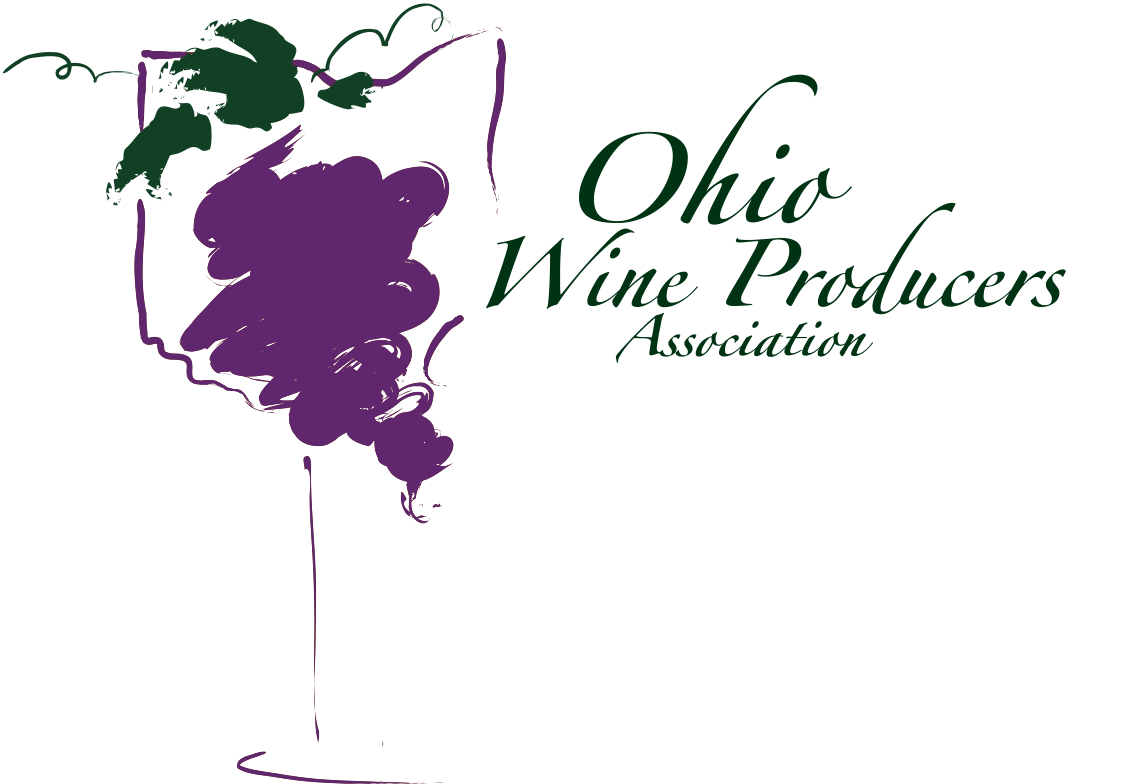Old World Wines. New World Wines - Some Differences of Note
Old World Wines. New World Wines – some differences of note
One of my favorite wine appreciation books which offers clear explanations and avoids too much insider jargon is one by Marnie Old called A Wine Tasting Course, Every Class in a Glass. She writes in a breezy style, and it is full of illustrations.
In a section on cultural differences, she talks about the differences between wines from the “Old World,” and those from the “New World.” Below is some of the information she shares.
France, Italy, Spain, Portugal, Germany, and Austria are classified as “Old World.” The US, Canada, Australia, New Zealand, Chile, Argentina, and South Africa are “New World.”
Here are some of her observations about the differences between each of the regions, even when the same grape varieties are selected and when the winemakers use similar production techniques.
Old World wine flavor profiles include:
· More food-friendly
· Lighter in alcohol
· Dry wines are typically drier
· Higher acidity
· More subtle fruit flavors
· Higher in tannins
New World flavor profiles include:
· Stands alone better without food
· Heavier in alcohol
· Dry wines are slightly sweeter
· Lower in acidity
· Jammier and more fruit-forward flavors and aromas
· Stronger oak [when oak is used]
· Softer in tannins
She shares some reasons: Old World growing regions are usually cooler and cloudier thus their grapes are often less ripe when harvested. Since there are generations of traditions [and in many cases, government-enforced rules] that must be followed, there tends to be much more attention to matching local food styles and following very local traditions. As an example, there are strict rules to produce the wines of Bordeaux, Champagne, and Burgundy in France, in Italy, Chianti, Asti, and Sicilia. Violations are punished. Their wine labels reflect the geography of where grapes are grown as well as all those rules and traditions. The grape varieties are not prominently listed.
New World wine styles, pretty much across the board, are much more homogeneous as they tend to be marketed broader, often to worldwide wine audiences. And while certain US regions like Napa are known for specific varieties like Cabernet Sauvignon and Oregon is known for Pinot Noir and the Finger Lakes for Riesling, vintners in each region pursue a huge range of styles and often grow a wide range of other grape varieties in their vineyards. New World wine labels list the grape varieties in the bottles, not the geographic district where the grapes are grown.
For additional information: dwinchell@OhioWines.org
